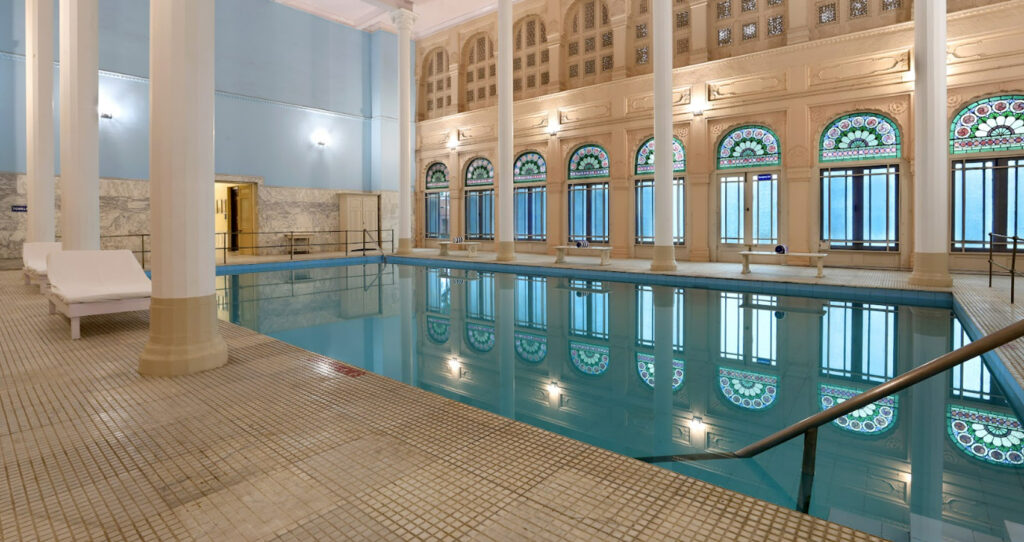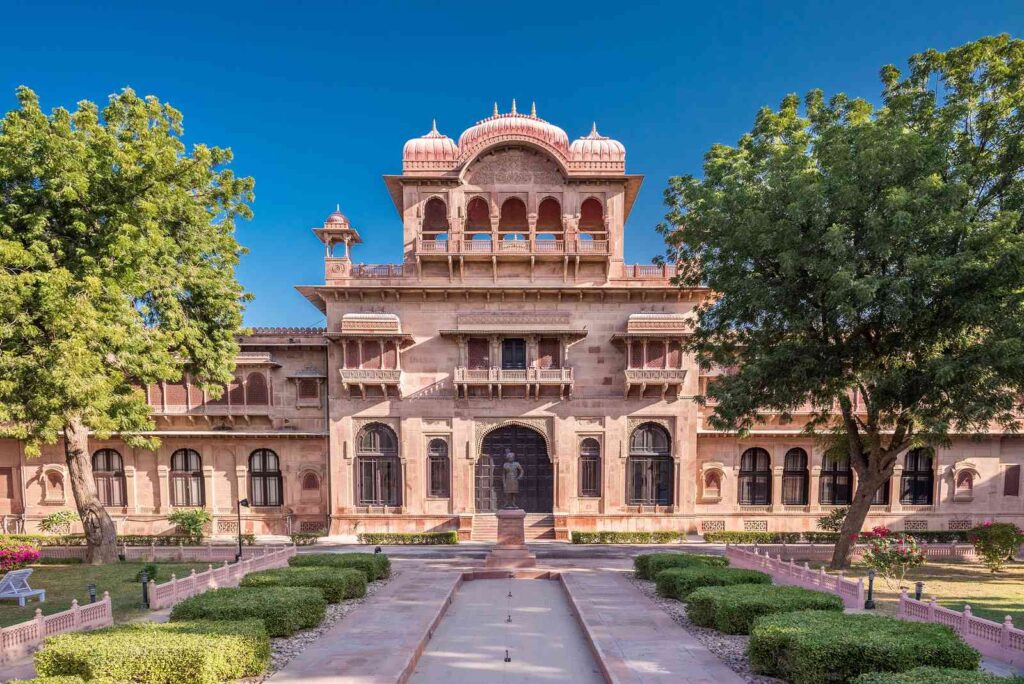
The Lallgarh Palace, located in Bikaner, Rajasthan, is an exquisite example of Indo-Saracenic architecture, blending traditional Indian elements with European and Mughal styles. Commissioned in 1902 by Maharaja Ganga Singh, one of Bikaner’s most visionary rulers, the palace was built to honor his father, Maharaja Lall Singh. Its construction reflects the grandeur and sophistication of the princely state during the British Raj.
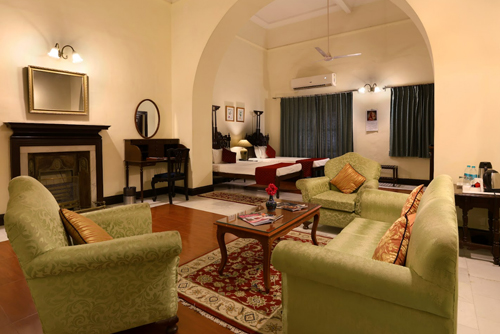
Designed by British architect Sir Samuel Swinton Jacob, Lallgarh Palace is renowned for its red sandstone façade, intricate carvings, and expansive courtyards. The palace exhibits a seamless fusion of Rajputana elegance and modern architectural elements. It features decorative jharokhas (overhanging enclosed balconies), elaborate latticework, and spacious halls adorned with frescoes and artifacts.
The palace was not only a royal residence but also a center for cultural and social gatherings. Maharaja Ganga Singh, known for his progressive administration, hosted numerous dignitaries here, including British officials and Indian royalty. The Durbar Hall, with its ornate ceiling and historical portraits, serves as a testimony to the palace’s regal past.
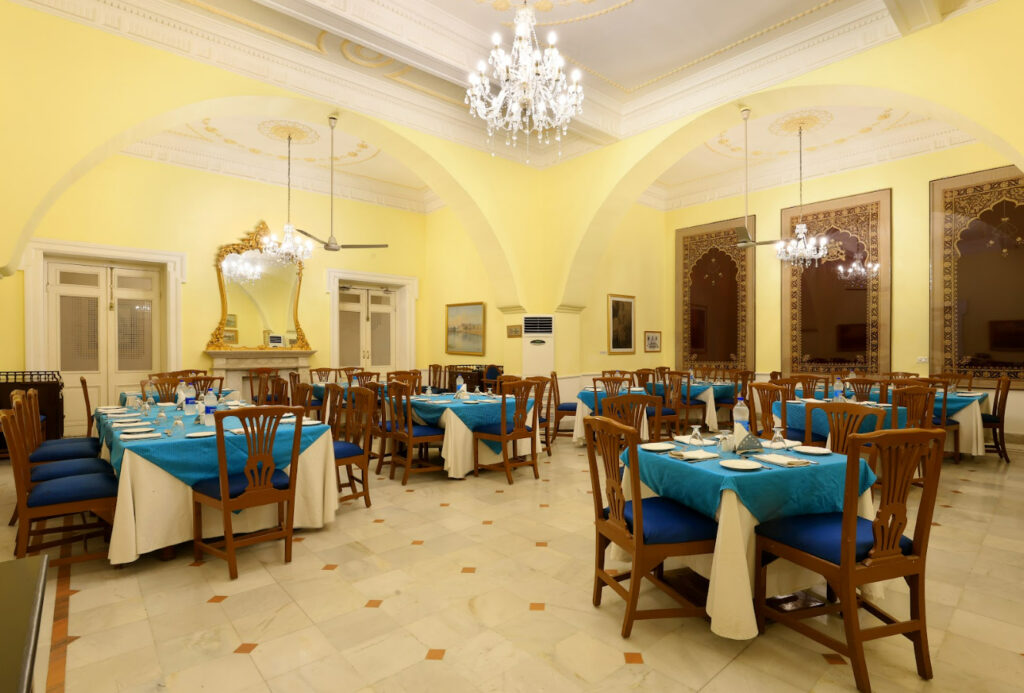
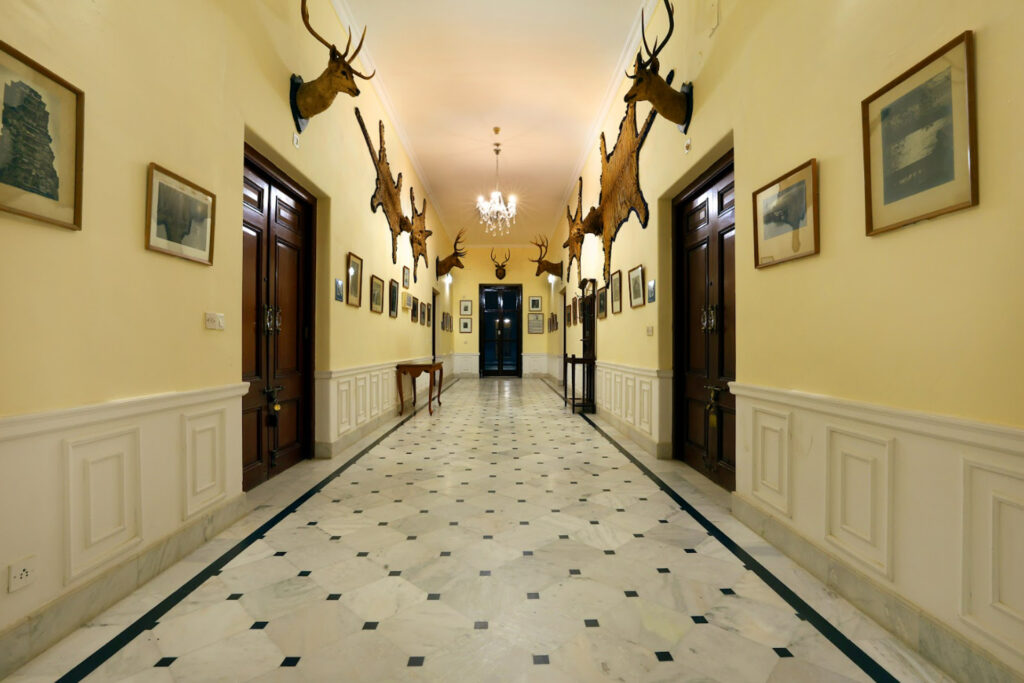
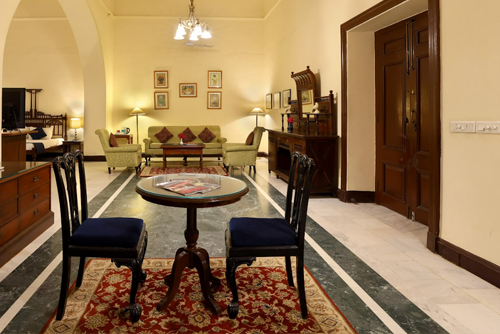
Lallgarh Palace is now partially converted into a heritage hotel and museum, allowing visitors to experience its splendor firsthand. The museum displays an impressive collection of artifacts, including photographs, weapons, and manuscripts, showcasing the history and lifestyle of the Bikaner royal family.
Surrounded by lush gardens, the palace also houses a library with rare manuscripts and books, emphasizing Maharaja Ganga Singh’s passion for knowledge and preservation of history. Today, Lallgarh Palace stands as a cultural landmark of Bikaner, attracting tourists and historians who wish to delve into the opulent past of this desert city. Its timeless charm and architectural brilliance make it a jewel of Rajasthan’s heritage.
